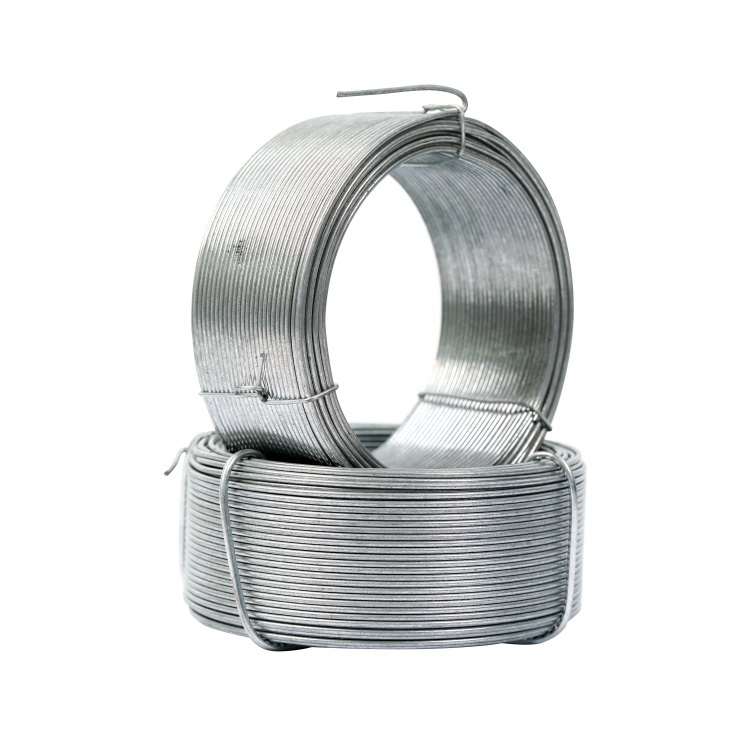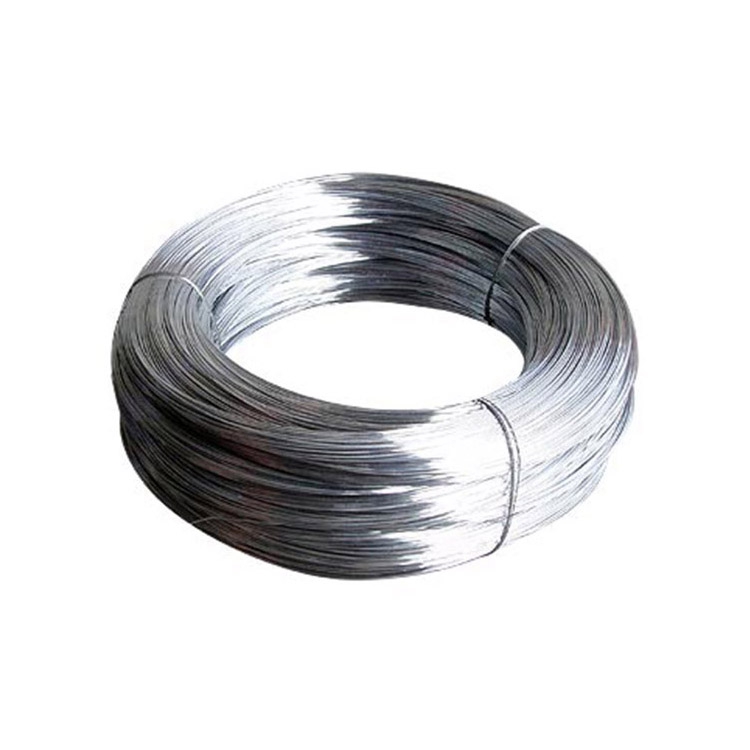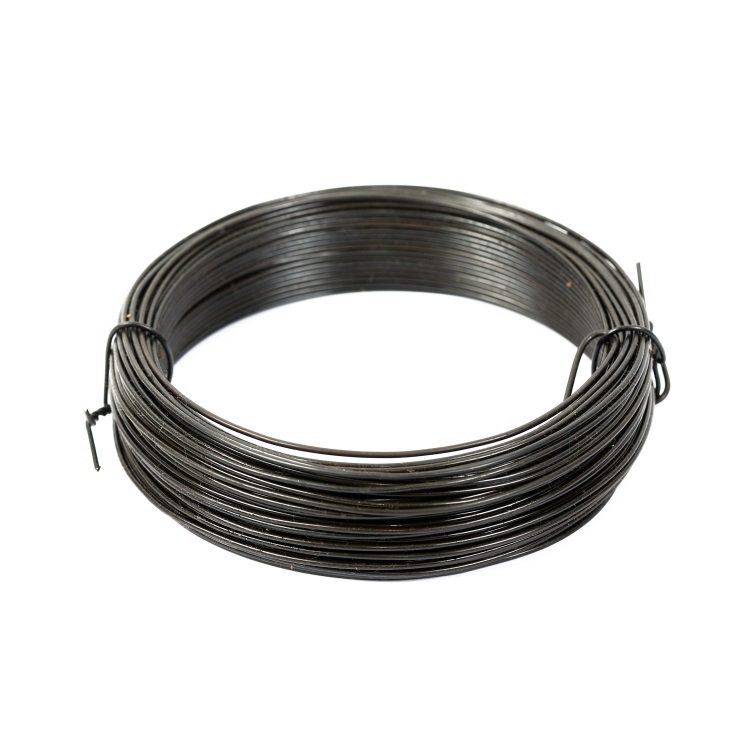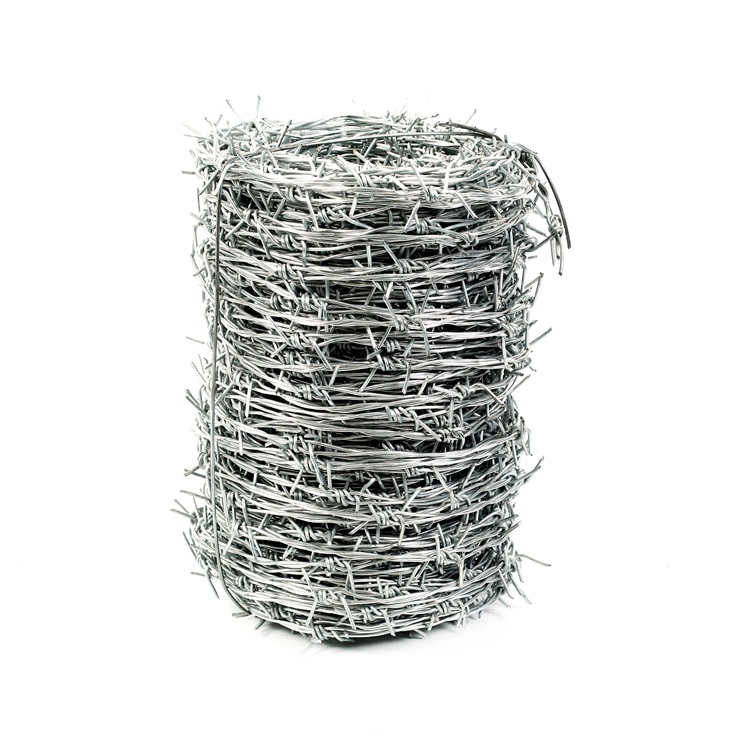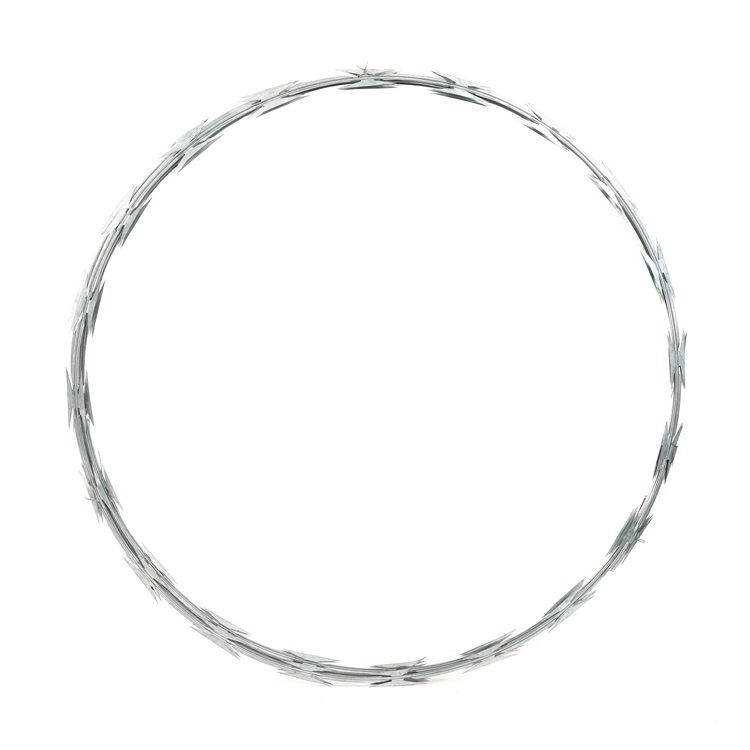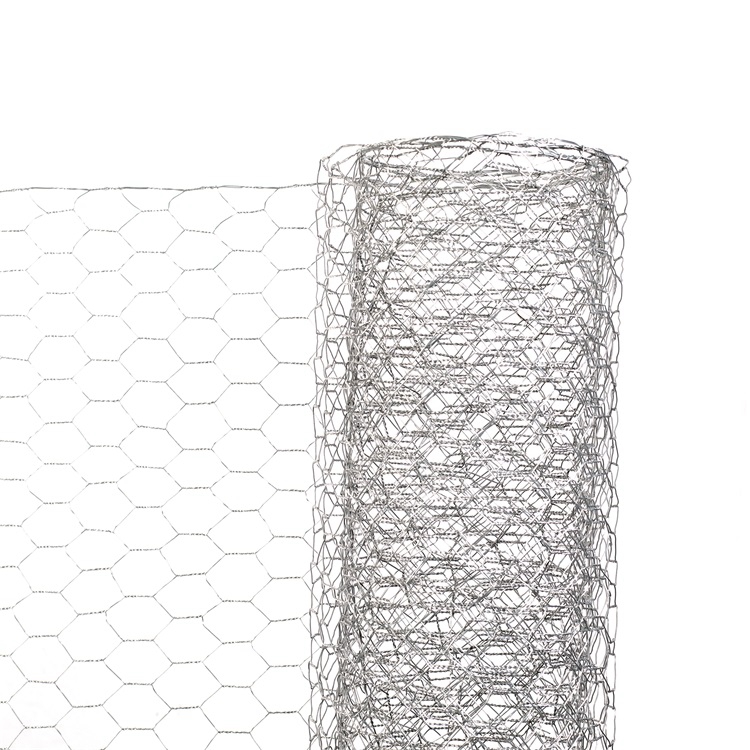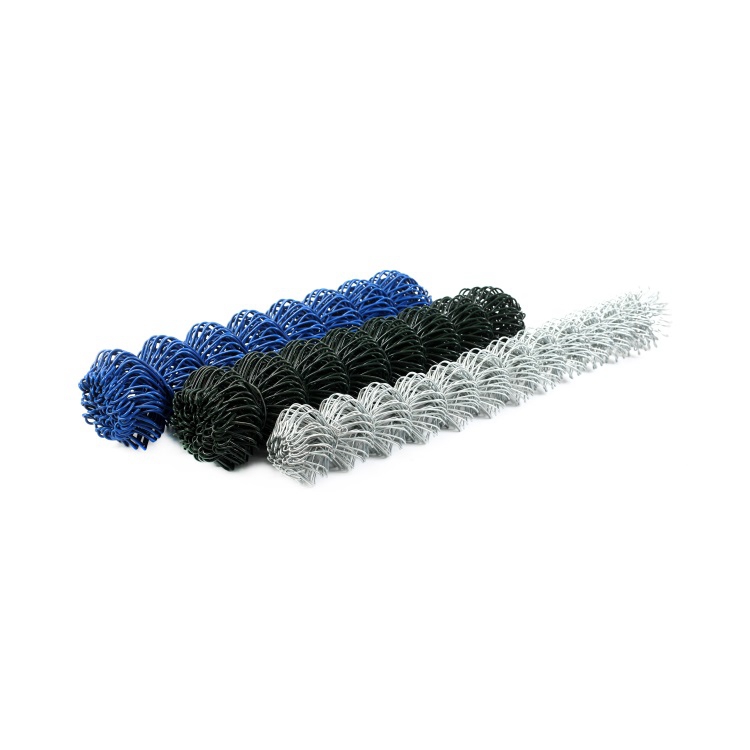High-Quality Steel Wire Production for Durable Bolts in Manufacturing Facilities
Steel Wire for Bolts The Backbone of Structural Integrity
In the world of construction and manufacturing, the importance of reliable components cannot be overstated. Among these, bolts play a critical role in ensuring the structural integrity of a wide range of applications, from buildings and bridges to machinery and automotive parts. At the heart of many of these bolts lies a seemingly simple yet crucial material steel wire. The production of steel wire for bolts is a sophisticated process that involves careful selection of raw materials, advanced manufacturing techniques, and rigorous quality control measures.
Understanding Steel Wire Production
The journey of steel wire begins with the selection of high-quality steel as its base material. The most commonly used steel types for bolts include carbon steel and alloy steel, chosen for their strength and durability. The process starts with steel ingots, which are melted and then cast into billets. These billets are then reheated and rolled into the desired wire diameter.
One critical aspect of producing steel wire for bolts is ensuring the right mechanical properties. Manufacturers often employ processes such as cold drawing, which involves pulling the heated wire through a series of dies to reduce its diameter while increasing its strength. This not only enhances the wire’s tensile strength but also improves its fatigue resistance, making it more suitable for use in bolting applications that experience dynamic loads.
The Role of Heat Treatment
Heat treatment is another vital step in the production of steel wire for bolts. Processes such as quenching and tempering are used to modify the material’s microstructure, thus enhancing its hardness and ductility. Quenching involves rapidly cooling the steel after it has been heated to high temperatures, which transforms its crystalline structure. Tempering, on the other hand, involves reheating the quenched steel to a lower temperature, relieving internal stresses and improving toughness. These treatments ensure that the steel wire can withstand the mechanical forces encountered in practical applications.
Quality Control and Certification
steel wire for bolts factory
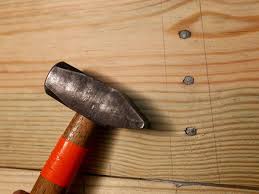
Quality control is paramount in the production of steel wire for bolts. Manufacturers implement stringent testing procedures to ensure that the wire meets industry standards and specifications. This includes testing for tensile strength, yield strength, elongation, and fatigue resistance. Additionally, visual inspections and surface quality assessments are conducted to identify any defects, such as fractures or inclusions, that could compromise the wire’s performance.
Many manufacturers seek certifications from recognized organizations, such as ISO (International Organization for Standardization) or ASTM (American Society for Testing and Materials), which verifies that their products comply with international standards for quality and safety. These certifications not only enhance the credibility of the manufacturer but also reassure customers regarding the reliability of the steel wire used in their bolts.
Applications of Steel Wire in Bolts
The versatility of steel wire makes it suitable for a wide array of bolting applications. From automotive assembly lines to aerospace components, the strength and dependability of steel wire ensure that joints remain secure under various operating conditions. In construction, high-strength bolts made from quality steel wire are critical for connecting structural elements, providing the necessary stability to withstand environmental forces such as wind, seismic activity, and dynamic loads.
Moreover, the ongoing advancements in metallurgy and manufacturing technology continue to pave the way for the development of specialized steel wires with tailored properties. This innovation allows for the production of bolts that can perform under extreme conditions, further broadening the scope of their applications across different industries.
Conclusion
Steel wire is an essential component in the production of bolts that play a significant role in the structural integrity of various applications. Through sophisticated manufacturing processes, rigorous quality control, and ongoing technological advancements, the steel wire industry continues to meet the demands of modern engineering challenges. As we look to the future, the importance of high-quality steel wire in bolting applications will undoubtedly remain pivotal to our increasingly complex structures and machinery.
-
The Durability and Versatility of Steel Wire
NewsJun.26,2025
-
The Best Iron Nails for Your Construction Projects
NewsJun.26,2025
-
Strengthen Your Projects with Durable Metal Stakes
NewsJun.26,2025
-
Get the Job Done Right with Duplex Nails
NewsJun.26,2025
-
Explore the Versatility and Strength of Metal Mesh
NewsJun.26,2025
-
Enhance Your Security with Razor Wire
NewsJun.26,2025







